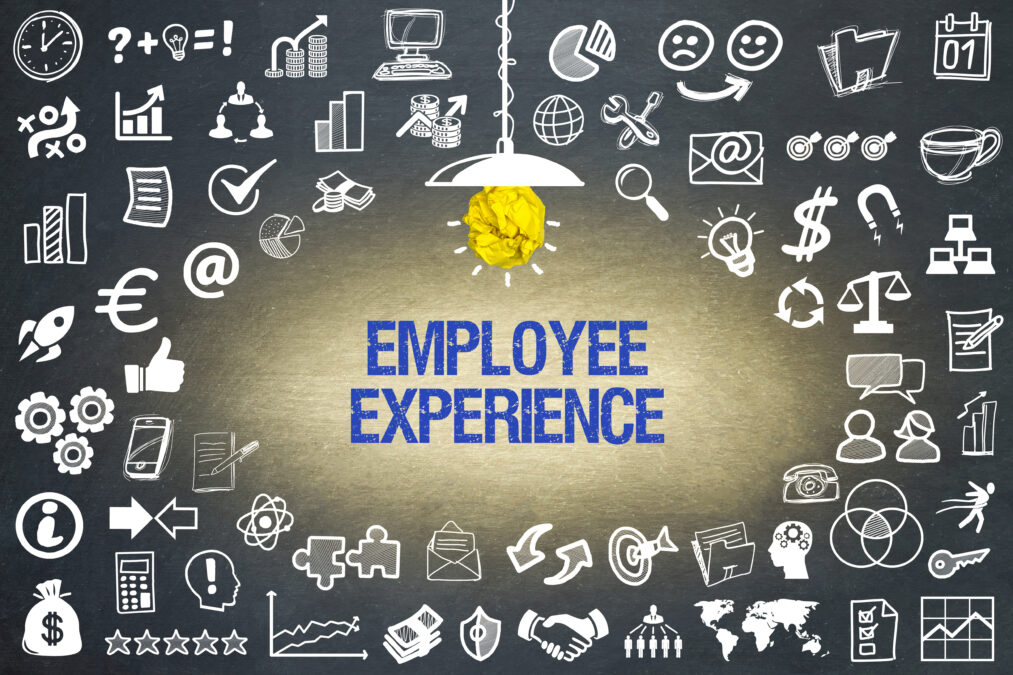Martin Schirmer, president of Enterprise Service Management at IFS, discusses how ESM technology can help to boost employee experience and retain talent
Optimising the employee experience (EX) to attract and retain talent has become a top priority for employers in recent years. With the Great Resignation taking root across the globe and staff quitting in huge numbers, immediate steps must be taken to reshape workplace culture, drive engagement, and provide a seamless EX for all.
The growing importance of employee engagement is exemplified by data from WTW, which found that 92% of employers across industries intend to enhance the EX over the next three years, compared to only 52% prior to the pandemic. This shift is a result of a combination of factors, including a shift in priorities, the rise of hybrid work, and growing socio-economic uncertainty. Essentially, employees across the globe are facing immense external pressures, and business leaders looking to navigate the storm must react accordingly.
To drive engagement across the board, employers must first establish what drivers are actively motivating their employees. This includes leadership and flexibility, and a big part of the puzzle is workplace technology. The reality is that today’s hyper-connected workforce expects digital as standard, looking for instant, accurate, and frictionless interactions regardless of whether they’re working from home or in the office. Employers must therefore consider the power that enterprise service management (ESM) has to offer, from breaking down silos and advancing workflows, to improving efficiency, and boosting user satisfaction.
With this in mind, let’s take a closer look at how poor EXs are driving The Great Resignation and how technology can help mitigate the problem.
The cost of a bad employee experience
With resignations across industries set to continue, research reveals that only one in four workers rated their EX as excellent, with just 36% feeling well looked after by their organisations. It doesn’t help that over 40% of employees are spending a significant proportion of their time carrying out mundane, manual tasks. Unsurprisingly, this is having a detrimental impact on overall job satisfaction, causing many workers unnecessary stress, and preventing them from focusing on creative, more fulfilling tasks that drive real value.
Hybrid and flexible working policies, or rather failure by business leaders to adhere to such policies, have also contributed to The Great Resignation. To give an example, the pandemic has pushed the concept of work-life balance to the forefront, with employees choosing when and where they want to work. Failing to offer this flexibility, coupled with a lack of technology that can facilitate hybrid interactions, can seriously damage retention levels.
It is no secret that the pandemic has greatly accelerated the need for digital transformation, and workplace technology is no exception. Meanwhile, the overarching move to omnichannel, digital-first approaches has dramatically reset both customer and employee needs. Business leaders looking to retain talent must therefore take time to consider the EX, and invest in technology that can make this as seamless as possible across all devices.
Retaining staff with enterprise service management
Investment in digital practices such as ESM can be an effective way to put power back in the hands of employees. The current job landscape has brought with it a new set of challenges, and organisations looking to navigate this harsh reality must focus on creating the omnichannel experiences, flexibility, and efficiency that today’s hybrid workforce demands.
An extension of IT service management (ITSM), ESM streamlines routine, often mundane tasks for all departments in an organisation, giving employees the tools to improve service requests and manual business processes, anytime and anywhere. In practice, it allows HR teams to effectively handle internal processes, including onboarding, training, and staffing. Finance teams, on the other hand, can reap the rewards of a faster and more efficient way to approve expenses, monitor payments, and send invoices to customers.
Not only this, when deployed across different areas of the business, ESM can facilitate better cross-departmental collaboration. For example, organisations can incorporate internal services into a single platform, including HR, finance, and payroll, offering employees a well-rounded view of the business. This will also help staff to embrace the feeling of community, with the opportunity to interact with colleagues at all levels.
In fact, the benefits of implementing ESM are huge. It helps to boost productivity, enhance automation, and increase visibility, while at the same time greatly improving user satisfaction levels, enabling businesses to enhance existing processes and free up time for their workforce to focus on more creative, fulfilling aspects of their roles.
Ultimately, if The Great Resignation has taught us anything, it’s the importance of keeping employees engaged, especially in today’s hybrid work reality. Business leaders looking to succeed over the next few years must therefore prioritise EX, and look towards technologies and ways of working that reduce workplace stress while boosting engagement.








